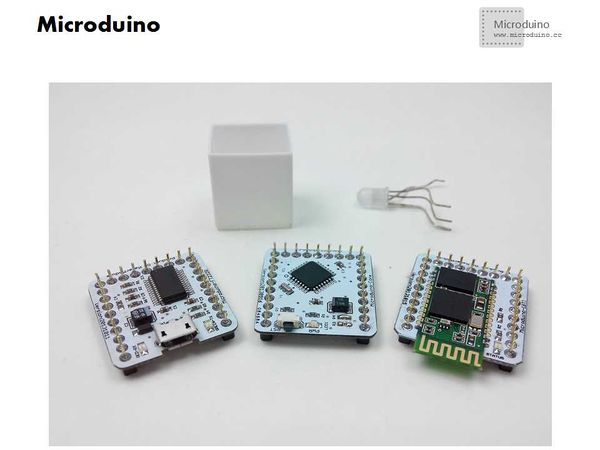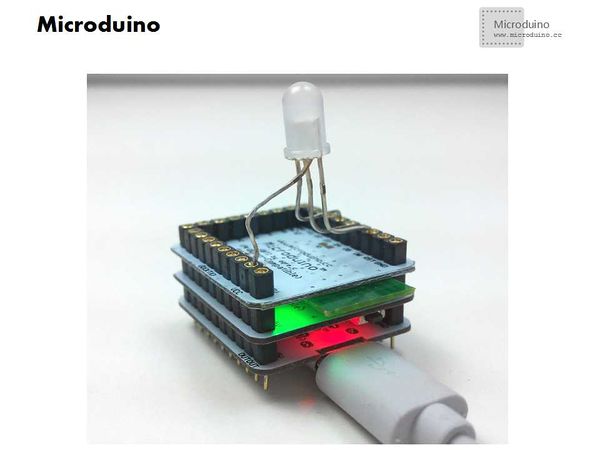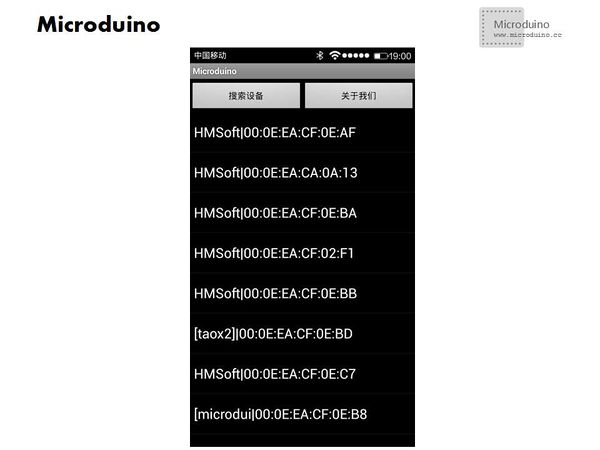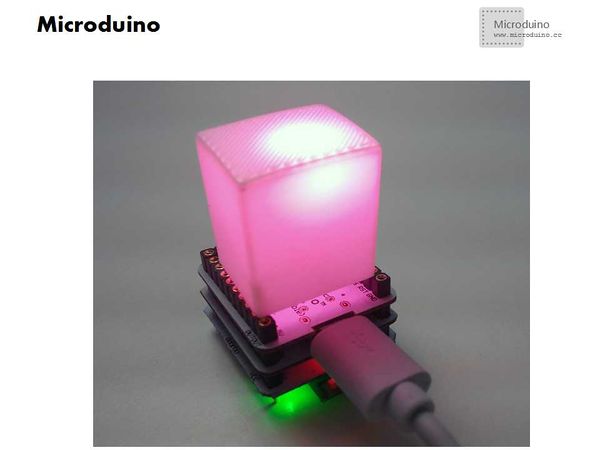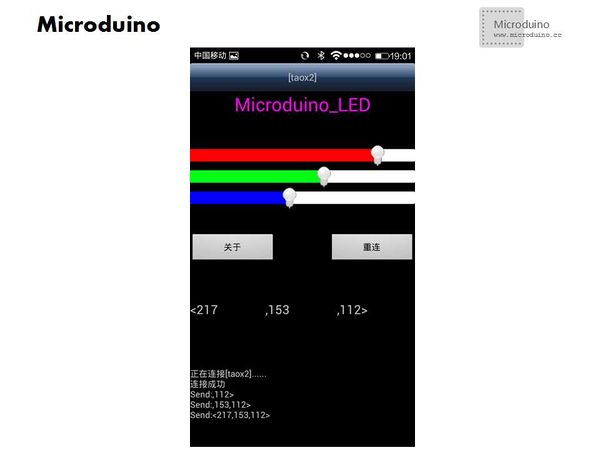Difference between revisions of "Microduino Mobile Bluetooth Controls RGB Lights"
(→Principle) |
(→Outline) |
||
| Line 3: | Line 3: | ||
| | | | ||
==Outline== | ==Outline== | ||
| − | *Project:Microduino Mobile Bluetooth Controls the Color of RGB Lights Microduino *Objective:The connection of Microduino BT and Microduino Core by cell phone to have Bluetooth communication and then to control the color of RGB lights. | + | *Project:Microduino Mobile Bluetooth Controls the Color of RGB Lights Microduino |
| + | *Objective:The connection of Microduino BT and Microduino Core by cell phone to have Bluetooth communication and then to control the color of RGB lights. | ||
*Difficulty:High | *Difficulty:High | ||
| − | *Time- | + | *Time-consuming:5 hours |
*Maker:Microduino Studio-YLB | *Maker:Microduino Studio-YLB | ||
Revision as of 08:13, 30 April 2014
Outline
PrincipleMobile clients can simulate the color of the lights via three progress indicators which send the quantitative values obtained from simulation experiment to Microduino Core via BT. Thus, we can easily control the color of RGB lights by calculating since we get both the simulated values and analogWrite(). In order to have a better control experience, we need to connect pins of RGB lights to those of PMW(3、5、6、11) . Since both Microduino BT and Microduino Core adopt soft serial port for communication, we can't connect RGB lights to pins (9,10). Otherwise, data chaos may appear. Bill of Materials
DocumentAndroid client: File:Microduino RGB.zip Notice:Make sure your BT is 2.1 version since Android client is only suitable for 2.1 BT temporarily Program Test: https://github.com/Microduino/Microduino_Tutorials/commit/46ebefd3f9739ccbede60e72d4463f998a33590f Debugging
Using soft serial port (9,10) for program test.
ResultIn virtue of Microduino, you can successfully control RGB lights through cellphone Notice
Video |
